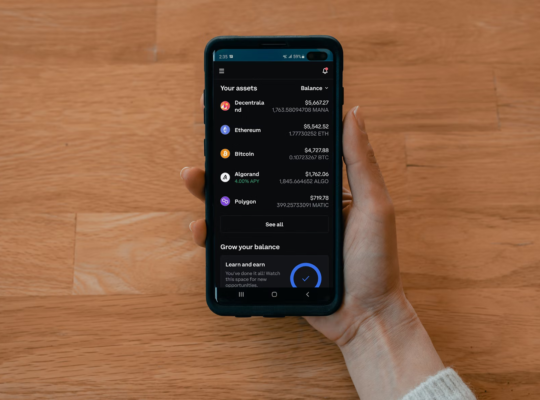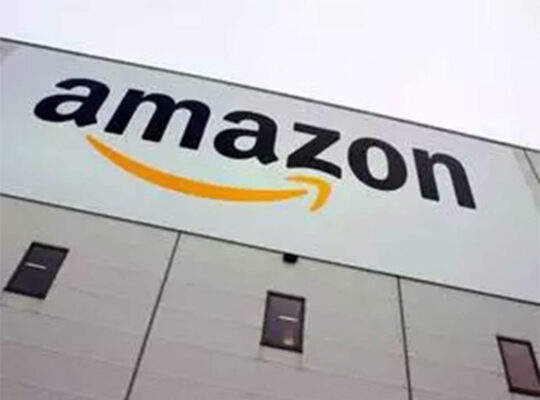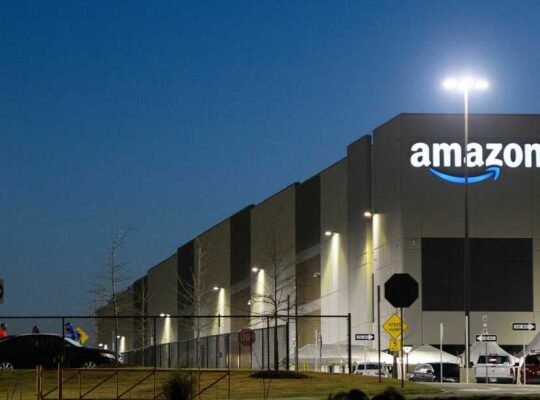Amazon has recently announced the integration of its Small and Light FBA program into a newly conceptualized Low-Price FBA program globally. This development is particularly significant for vendors dealing with lower-priced items that adhere to specific dimensions and weight criteria. This editorial aims to delineate the essence of the Low-Price FBA initiative, differentiate it from its predecessor, and analyze the potential impacts, both positive and negative, for merchants.
Low-Price FBA: Definition and Distinctions
The Low-Price FBA option represents an evolution in fulfillment strategies, targeting ASINs (Amazon Standard Identification Numbers) below a certain price point. This threshold varies by market. Contrary to the Small and Light scheme, which utilized a distinct fulfillment network with relatively slower delivery times, Low-Price FBA aligns with standard FBA’s operational facilities, thereby offering expedited shipping. This realignment ensures that economical products are now eligible for Prime benefits and swift delivery to all customers.
Eligibility for Low-Price FBA is straightforward: products must simply be priced below the set threshold and be FBA-compatible. Amazon will automatically transition eligible products to Low-Price FBA rates without necessitating seller intervention.
Advantages and Disadvantages of Low-Price FBA for Sellers
The primary benefit of Low-Price FBA lies in its potential to enhance margins and market competitiveness for low-priced goods. The provision of swift and free shipping can elevate sales and conversion rates. Additionally, merchants may realize savings in fulfillment expenses as Low-Price FBA fees are generally lower than those of standard FBA.
However, a notable limitation is the adjusted price threshold for eligibility in the U.S. market, now $2 lower than that of Small & Light. Additionally, the average fulfillment discount is less substantial, which might lead to increased fulfillment costs for certain products previously under Small and Light.
Comparative Analysis: Low-Price FBA, Small & Light, and Standard FBA Fees
This section delves into a detailed comparison between the new Low-Price FBA fees and those of the Small & Light and Standard FBA programs. The analysis covers various marketplaces, including the U.S., UK, Germany, France, Spain, and Italy, offering insights into cost variations and strategic implications for sellers.
Fee Comparison Across Key Markets
The fee structures in different Amazon marketplaces reveal varied implications of the Low-Price FBA program. For instance, in the U.S., Low-Price FBA significantly reduces fulfillment fees compared to Standard FBA, averaging a $0.77 savings. However, when juxtaposed with Small & Light, the cost benefits are more nuanced, with some standard size tiers experiencing an incremental cost increase.
Similarly, in the UK and other European markets, the Low-Price FBA program presents a mix of reductions and increases in fulfillment fees compared to both Small & Light and Standard FBA. These variations are further broken down and analyzed in the article, providing sellers with a comprehensive understanding of the new fee structures.
Actionable Strategies for Sellers Adapting to Low-Price FBA
To conclude, the article offers practical strategies for sellers to effectively navigate this transition to Low-Price FBA. Emphasis is placed on understanding the new fee structures, re-evaluating pricing strategies, and optimizing product listings to maximize the benefits of the Low-Price FBA program.
Unique Comparative Fee Table
| Market | Low-Price FBA Fee | Small & Light Fee | Standard FBA Fee | Fee Difference (Low-Price FBA vs. Small & Light) |
|---|---|---|---|---|
| United States | $0.50 | $0.72 | $1.27 | -$0.22 |
| United Kingdom | £0.40 | £0.62 | £0.77 | -£0.22 |
| Germany | €0.45 | €0.63 | €1.16 | -€0.18 |
| France | €0.48 | €0.69 | €1.09 | -€0.21 |
| Spain | €0.47 | €0.85 | €1.06 | -€0.38 |
| Italy | €0.49 | €0.75 | €1.13 | -€0.26 |
Key Takeaways in Bullet Points
- Low-Price FBA Introduction: Amazon’s shift from Small and Light to Low-Price FBA marks a strategic pivot in fulfillment options for low-cost items;
- Automatic Enrollment: Products meeting the criteria are automatically enrolled in the Low-Price FBA program, simplifying the process for sellers;
- Prime Eligibility: Low-Price FBA ensures that lower-priced products can now enjoy the benefits of Prime shipping;
- Fee Reduction: In most cases, Low-Price FBA offers reduced fees compared to Standard FBA, enhancing profitability for sellers;
- Market Variability: Fee structures vary across different Amazon marketplaces, necessitating a market-specific approach by sellers;
- Strategic Implications: Sellers should reassess their pricing strategies and product listings to optimize the benefits offered by the Low-Price FBA program.
Video Guide
To answer your questions in more detail, we have prepared a special video. Enjoy watching it!
Navigating Amazon FBA Wholesale Suppliers in the New Landscape
With the shift to Amazon’s Low-Price FBA program, it’s crucial for sellers to consider the role of wholesale suppliers in their business model. A robust relationship with reliable FBA wholesale suppliers can be a game changer, especially under the new fee structure. This section explores how sellers can effectively integrate wholesale suppliers into their strategies to maximize the benefits of Low-Price FBA.
Understanding the Importance of Wholesale Suppliers
Amazon FBA wholesale suppliers play a pivotal role in providing sellers with bulk products at competitive prices. These suppliers are the backbone of inventory for many Amazon sellers, especially those who operate under the FBA model. By sourcing products in bulk, sellers can benefit from lower unit costs, thereby enhancing their profit margins under the Low-Price FBA program.
Conclusion
As Amazon transitions from the Small and Light program to the more inclusive Low-Price FBA, sellers are presented with a pivotal opportunity to realign their strategies and optimize their operations. This change reflects Amazon’s ongoing commitment to enhancing the e-commerce experience, both for sellers and customers.
The introduction of Low-Price FBA is a strategic move that promises to broaden the appeal of Amazon’s fulfillment services. By automatically enrolling eligible products and aligning them with the benefits of Prime shipping, Amazon has simplified the process for sellers, allowing them to focus more on their core business activities. This shift is not just about reduced fees; it’s a holistic approach to making e-commerce more accessible and profitable for a diverse range of products and sellers.
However, with these changes come challenges and the need for adaptation. Sellers must now re-evaluate their pricing strategies and product portfolios in light of the new fee structures. The varying impacts across different Amazon marketplaces underscore the importance of a tailored approach to each market’s unique dynamics.






